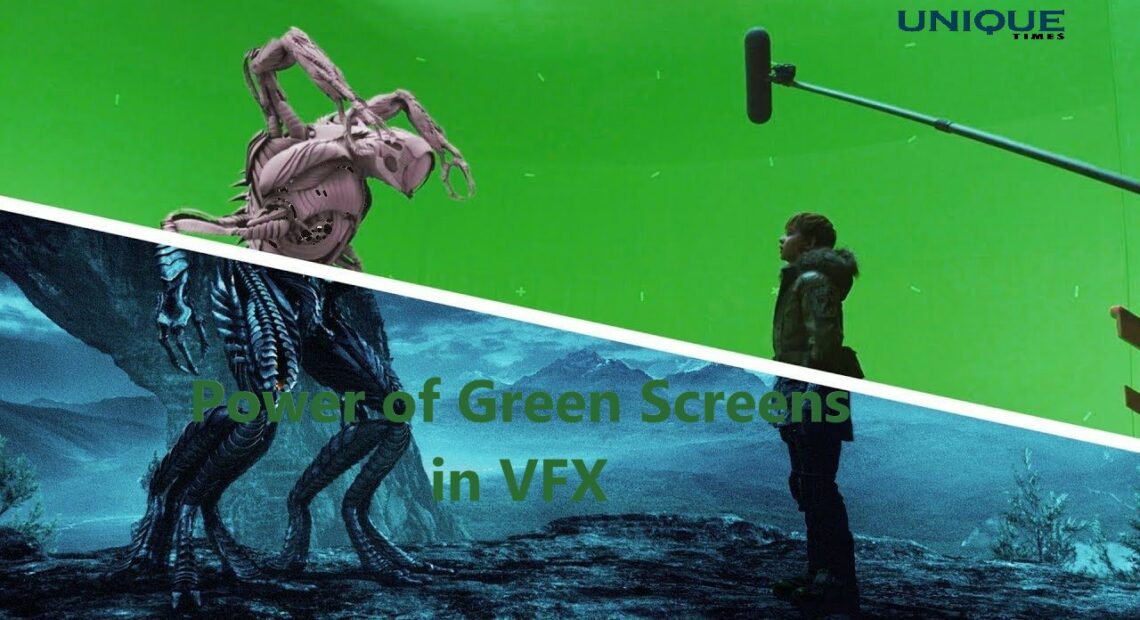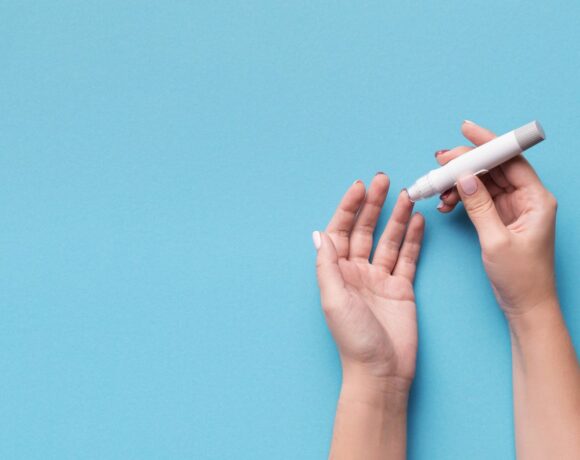Exploring the Use of Green Screens in VFX: A Powerful Tool for Visual Effects

Visual Effects (VFX) have become an integral part of the filmmaking process, allowing filmmakers to bring their imagination to life and create stunning, otherworldly scenes that captivate audiences. One essential tool that has been widely adopted in the VFX industry is the green screen. In this blog, we’ll delve into the reasons behind using green screens in VFX and the advantages they offer to filmmakers and post-production teams.
- Keying and Compositing:
The primary purpose of using a green screen in VFX is to facilitate the process of keying and compositing. Green screens (and occasionally blue screens) are used as backdrops during filming to create a clean and uniform background that can be easily replaced in post-production. When the green color is consistent across the screen, it becomes much simpler for VFX artists to isolate and remove it, leaving only the desired subject or objects. This process is known as keying. Once the green screen is keyed out, the VFX team can composite the keyed footage onto a new background or integrate CGI elements seamlessly.
- Flexibility and Creative Freedom:
By using a green screen, filmmakers gain the freedom to create environments and scenarios that may not be practically feasible or safe to film in real-life settings. Whether it’s a futuristic cityscape, an alien planet, or a historical setting, green screens allow directors to envision and execute their ideas without limitations. This versatility offers a level of creative freedom that would be impossible to achieve with traditional sets alone.
- Cost-Effectiveness:
Incorporating VFX through green screens can often prove more cost-effective than building elaborate physical sets or traveling to various locations for filming. Shooting on a green screen reduces production expenses, as filmmakers can later replace the green background with virtual environments or real-life locations using digital effects.
- Time Efficiency:
Green screens can significantly reduce the time needed for on-location shoots. By filming in a controlled studio environment, filmmakers can focus solely on capturing the required performances or actions without worrying about external factors like weather, lighting changes, or unwanted objects in the background. The efficiency gained in shooting time can then be used to focus on other crucial aspects of filmmaking or post-production.
- Consistency and Control:
Using a green screen ensures consistent lighting and color across the entire scene. This uniformity is essential for maintaining a seamless and believable final composite. Additionally, having control over lighting conditions in a studio setting makes it easier for VFX artists to match the lighting of the virtual environment or other elements added later, enhancing the overall realism of the scene.
Conclusion:
Green screens have revolutionized the way filmmakers approach visual effects, providing them with endless possibilities to create captivating worlds and stunning visual spectacles. From cost-effectiveness and time efficiency to artistic freedom and control, the use of green screens has become an indispensable tool in modern filmmaking. As technology continues to advance, we can only expect even more incredible and immersive visual effects to grace our screens in the future.
Picture Courtesy: Google/images are subject to copyright








